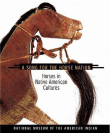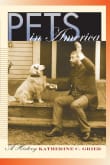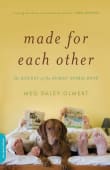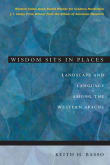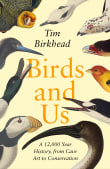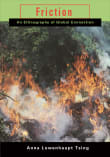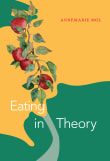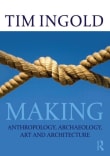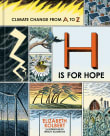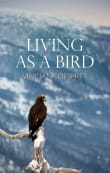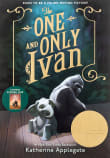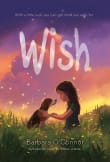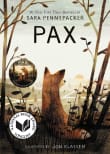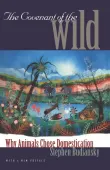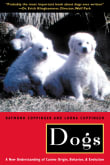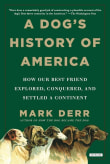When Species Meet
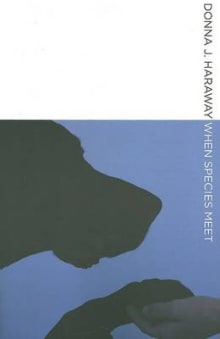
Book description
"When Species Meet is a breathtaking meditation on the intersection between humankind and dog, philosophy and science, and macro and micro cultures." -Cameron Woo, Publisher of Bark magazine
In 2006, about 69 million U.S. households had pets, giving homes to around 73.9 million dogs, 90.5 million cats, and 16.6 million…
- Coming soon!
Why read it?
3 authors picked When Species Meet as one of their favorite books. Why do they recommend it?

Haraway’s book struck me like lightning. Here was a book that seemed to address relations between species in terms usually restricted to humans.
Many people, including social historians, have meaningfully described social formations in terms of various kinds of dependency and collaboration, for instance, slavery, feudalism, and companionship. After all, human-animal relations deserve a similar perspective. Human relations with dogs, cats, and birds, for instance, could be described in terms of a diversity of ranks and hierarchies. For other contexts involving domestic animals (including cows, reindeer, and horses), the language of slavery and servitude might be more relevant.
Haraway’s approach…
From Gísli's list on books that capture life on the edge.

I love that Haraway blows apart my assumptions about being human by exploring the intersection of the human and non-human worlds. So much of how we understand ourselves starts with an assumption of separation, specialness, and particularity.
Haraway starts by looking at when we are not separate but when we touch that which is not ourselves, as individuals and as a species. She makes me think of relationships and interactions as not just as fundamental to being human but as definitional.
From Michael's list on explore how people make meaning and knowledge.

Haraway’s When Species Meet offers a fascinating sociological exploration of human-animal relationships. Haraway’s notion of “companion species” challenges conventional ways of thinking about humans and other animals as two sides of a binary split, with humans/men and rationality on one side, nature (and women), other animals, instincts, and things of the body on the other side. Haraway refuses this dualism and argues that we are all inextricably connected. We are nature, and it is us. And as all things in life (and death) grow and change, forever becoming something else, we grow and change in relationship with all that is…
From Jean's list on human relationships with other animals.
If you love When Species Meet...
Want books like When Species Meet?
Our community of 12,000+ authors has personally recommended 100 books like When Species Meet.

